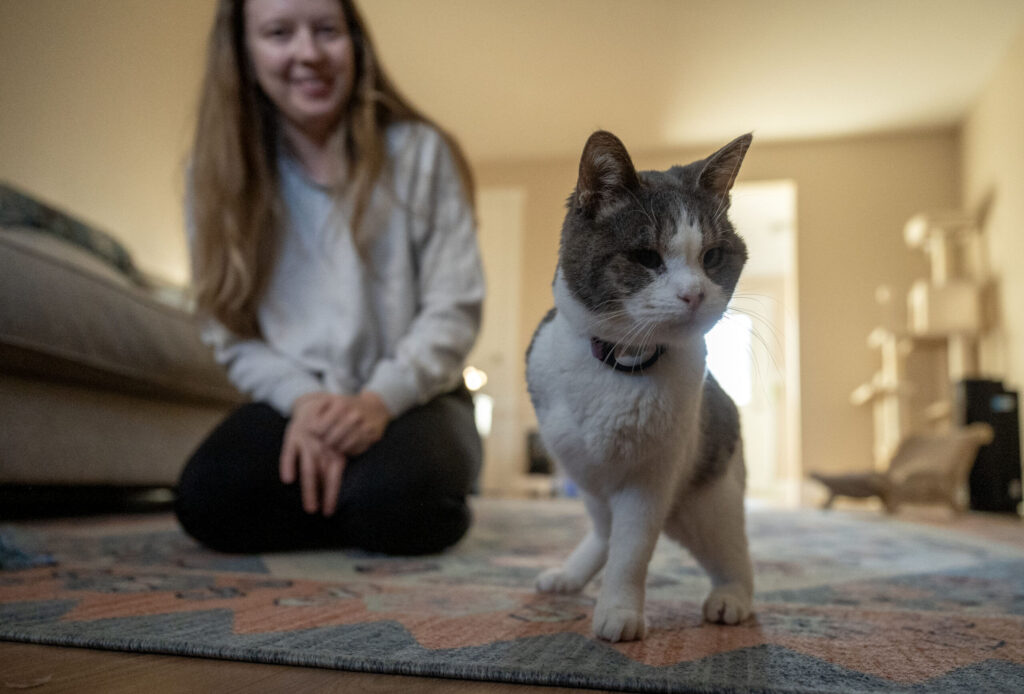National Caviar Day: Where to try caviar in Denver and tips from an industry expert
Having grown up in West Texas, Petra Bergstein-Higby didn’t grow up eating caviar. Today, she’s one of the leading voices in the industry, helping demystify the delicacy for curious consumers across the country.
Bergstein-Higby is the co-founder of The Caviar Co., a San Francisco-based purveyor of sustainably farmed roe that supplies restaurants nationwide, including several in the Denver market.
Aside from having a vested interest in the product, she’s on a mission to convey the lesson that caviar, which has a reputation for being expensive and exclusive, can be accessible, affordable and enjoyable.
In a sit-down with the Denver Gazette, Bergstein-Higby offered her beginner-friendly tips ahead of National Caviar Day, which takes place Friday (July 18).
What are the best types of caviar for people trying it for the first time?
Bergstein-Higby recommends starting with species such as paddlefish or hackleback, which are more affordable and widely available compared to premium sturgeon varieties.
“They’re a great way to get your feet wet,” she said. “You’ll still get the texture and salinity without the high price tag.”
She adds that an ounce of caviar is usually enough for a small group to sample, especially when paired with simple sides like crème fraiche and kettle chips.
How to store and serve caviar correctly
Caviar should be stored in the coldest part of the fridge and never frozen, according to several caviar producers. Ice crystals can damage the roe and compromise the texture. Once opened, it should be consumed within a few days and stored on ice for serving.
When serving caviar, experts like Bergstein-Higby also advise against using metal utensils, which can impart a metallic taste to the product. She recommends using flavor-neutral spoons, such as the mother-of-pearl spoons featured on the Caviar Co. website.
When purchasing caviar, consumers should be aware of the types of caviar they’re purchasing and their respective shelf lives.
“Fresh caviar should last four to six weeks,” Bergstein-Higby said. “If (the product packaging) says nine months, it’s probably pasteurized, which dries out the oils and alters the flavor.”
Where to try caviar in Denver
A growing number of Denver restaurants are incorporating caviar into their menus in creative and affordable ways, many through partnerships with The Caviar Co.:
801 Chophouse in Cherry Creek offers an Imperial Golden Osetra Tower, accompanied by toast points and traditional sides.
Hey Kiddo on Tennyson Street serves Kaluga Hybrid caviar with house-made fingerling chips and rotating toppings.
Brasserie Brixton features classic caviar bumps in approachable, French-inspired settings.
The Wolf’s Tailor, a Michelin-starred restaurant in Highland, adds Kaluga Hybrid roe to red miso panna cotta.
Blue Island Oyster Bar offers royal white sturgeon, dubbed “butter of the sea,” as an upgrade to oysters or lobster rolls.
Uchi Denver includes trout roe and Siberian sturgeon in its dine-in and at-home sushi boxes.
Ukiyo near Larimer Square serves classic white sturgeon caviar as part of its omakase tasting experience.
“These chefs are finding ways to make caviar less formal and more fun,” Bergstein-Higby said. “It’s about sharing a bite, not showing off.”
Whether served on a tater tot or on the back of one’s hand, caviar is becoming more accessible to everyday diners. It’s a shift that’s long overdue, says Bergstein-Higby.
“People are curious,” she said. “They just need someone to tell them it’s OK to try it.”


















